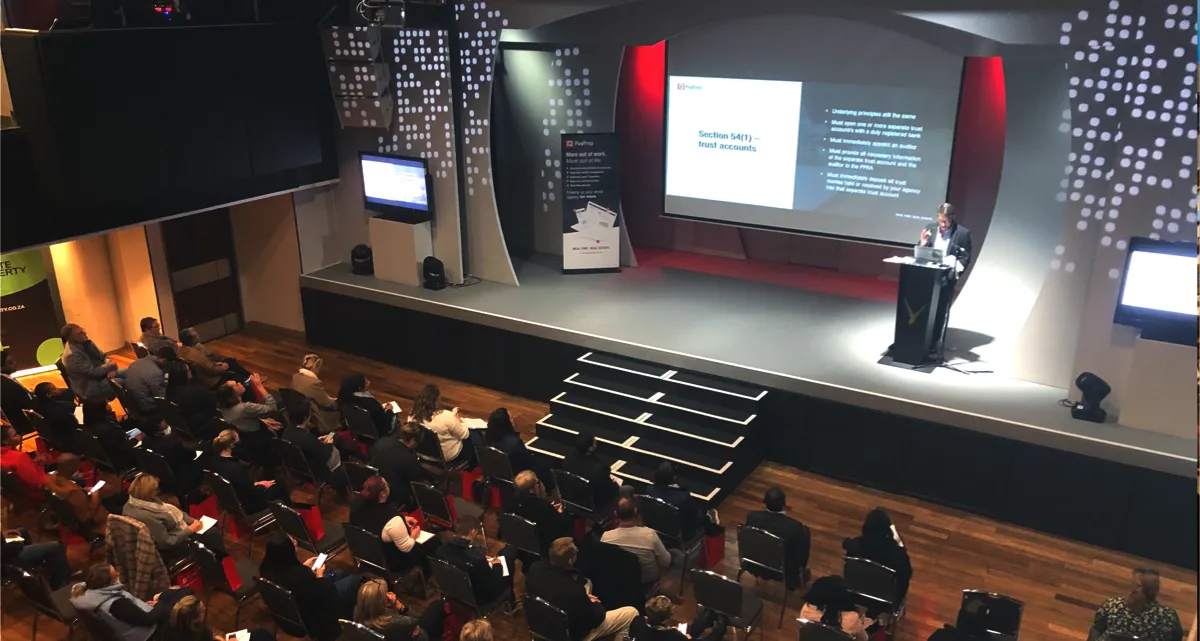PayProp unveils exciting tech updates at first nationwide roadshow since 2019
PayProp has revealed the latest technology updates to its residential rental processing platform in a June roadshow covering five major South African cities and ending in Somerset West.




.svg)













